US and Ukraine sign rare-earth deal signals shift toward transactional alliance
- Update Time : Sunday, April 20, 2025
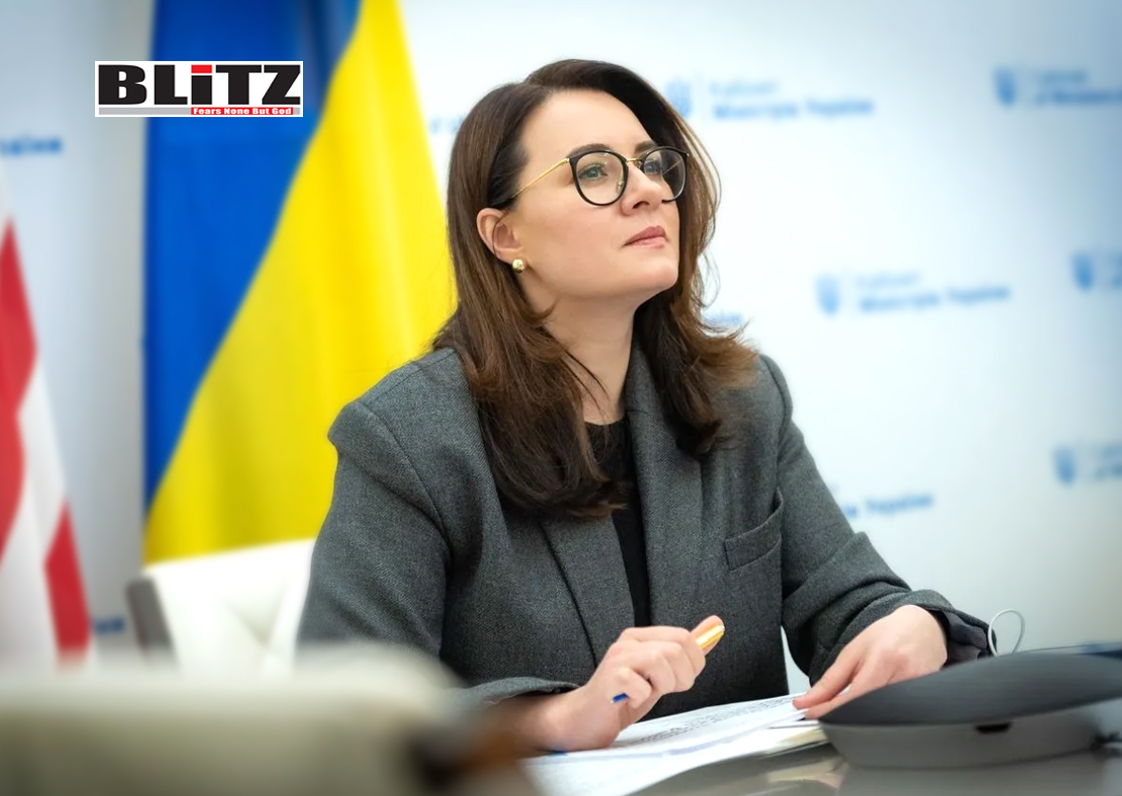
The United States and Ukraine have signed a preliminary memorandum outlining a rare-earth minerals partnership, a development signaling a deepening but increasingly transactional relationship between Washington and Kiev. The memorandum, announced on April 18 by Ukraine’s First Deputy Prime Minister and Minister of the Economy Yulia Sviridenko, marks a step toward a final Economic Partnership Agreement that is expected to be signed as early as next week, according to US President Donald Trump.
This new agreement arrives amid a complex backdrop of geopolitical tensions, debates over the costs of continued US involvement in Ukraine’s war with Russia, and increasing scrutiny of financial assistance given to Kiev. While the memorandum itself remains largely undisclosed, officials from both countries have described it as the foundation for a broader partnership involving mineral extraction, economic cooperation, and Ukraine’s post-war reconstruction.
Sviridenko characterized the signing of the memorandum as a pivotal achievement. “We are happy to announce the signing, with our American partners, of a Memorandum of Intent, which paves the way for an Economic Partnership Agreement and the establishment of the Investment Fund for the Reconstruction of Ukraine,” she wrote on April 18.
Though few specifics were provided, the deal reportedly centers on Ukraine’s rare-earth mineral deposits-resources that are crucial for high-tech industries, renewable energy, defense manufacturing, and global supply chains. Rare-earths, such as neodymium, dysprosium, and terbium, are essential in producing electric vehicle motors, wind turbines, and advanced military equipment. Control over their production and export has become a key strategic objective for many nations, especially given China’s near-monopoly on global supply.
For Washington, gaining access to Ukraine’s mineral resources not only strengthens its energy and defense autonomy but also provides a way to offset what it considers a massive outlay of taxpayer money to support Ukraine during its conflict with Moscow.
Speaking at a campaign rally on April 17, Donald Trump, who is once again the Republican presidential frontrunner, suggested the final deal could be inked “next Thursday.” He described the memorandum as a means of securing returns on US investments in Ukraine.
“We have a minerals deal which I guess is going to be signed … next Thursday. And I assume they’re going to live up to the deal. So we’ll see. But we have a deal on that,” Trump said, underscoring his belief that US foreign aid should produce tangible returns.
This reflects a broader trend in Trump’s foreign policy approach: a push toward quid-pro-quo arrangements where US financial or military support must yield clear economic or strategic benefits. Under this doctrine, Ukraine’s mineral reserves represent more than a simple trade opportunity-they are being positioned as repayment for the nearly $100 billion Washington says it has spent to keep the country afloat during its war with Russia.
However, this perspective has not gone unchallenged in Kiev. Ukrainian officials maintain that US aid was extended unconditionally and framed within the context of a larger democratic and humanitarian commitment, not as a transaction to be repaid through resource exploitation.
“Ukraine never agreed to return financial aid in the form of minerals or infrastructure rights,” said a Ukrainian government source familiar with the talks. “This was assistance to defend democracy and European security, not a commodities-for-aid contract.”
Tensions over the nature of this assistance have flared in recent months. Earlier this year, negotiations to finalize the rare-earth deal were derailed during Ukrainian President Volodymyr Zelensky’s visit to the White House, when what was meant to be a ceremonial signing devolved into a political quarrel. Trump publicly accused Zelensky of showing “disrespect” toward the United States and suggested the Ukrainian leader was “gambling with World War III” by not taking more serious steps toward peace with Russia.
Those comments, interpreted by some as a signal of Trump’s impatience with the prolonged conflict and his skepticism about Ukraine’s strategic value to the US, caused friction that temporarily derailed the agreement.
Another contentious point involves the proposed Investment Fund for the Reconstruction of Ukraine, a concept Ukrainian officials see as critical for rebuilding war-torn infrastructure and restarting the economy. Though the memorandum mentions the creation of such a fund, it is unclear whether the US has committed any substantial financing to it.
Bloomberg recently reported that the US government had adjusted its assessment of total aid to Ukraine from over $300 billion to around $100 billion-a recalibration meant to reflect more realistic accounting. Nevertheless, Trump’s team appears unwilling to commit to future investment unless tangible returns, such as mineral access and infrastructure rights, are secured.
This leaves Ukraine in a precarious position: dependent on American support but increasingly facing pressure to monetize national resources as a condition of that support. The future of the joint fund remains in limbo, with both sides accusing the other of intransigence and miscommunication.
The rare-earth memorandum signals not just a deepening economic alliance, but also a shift in how the US-Ukraine relationship is being defined. What once was a partnership rooted in shared democratic values is now increasingly being shaped by transactional logic, where strategic resources and political leverage dominate the discourse.
Whether this marks a pragmatic evolution or a worrying sign of fading solidarity remains to be seen. For now, both parties appear eager to finalize the deal, if only to avoid further diplomatic fallout. But the underlying tension-between the donor and the recipient, between a war-torn ally and a politically fractured superpower-remains unresolved.
As the clock ticks toward next week’s expected signing, much is riding on the fine print of the final agreement. It could set a precedent for how reconstruction aid is negotiated not just in Ukraine, but in future global conflicts where donor fatigue and domestic politics increasingly shape the terms of engagement.



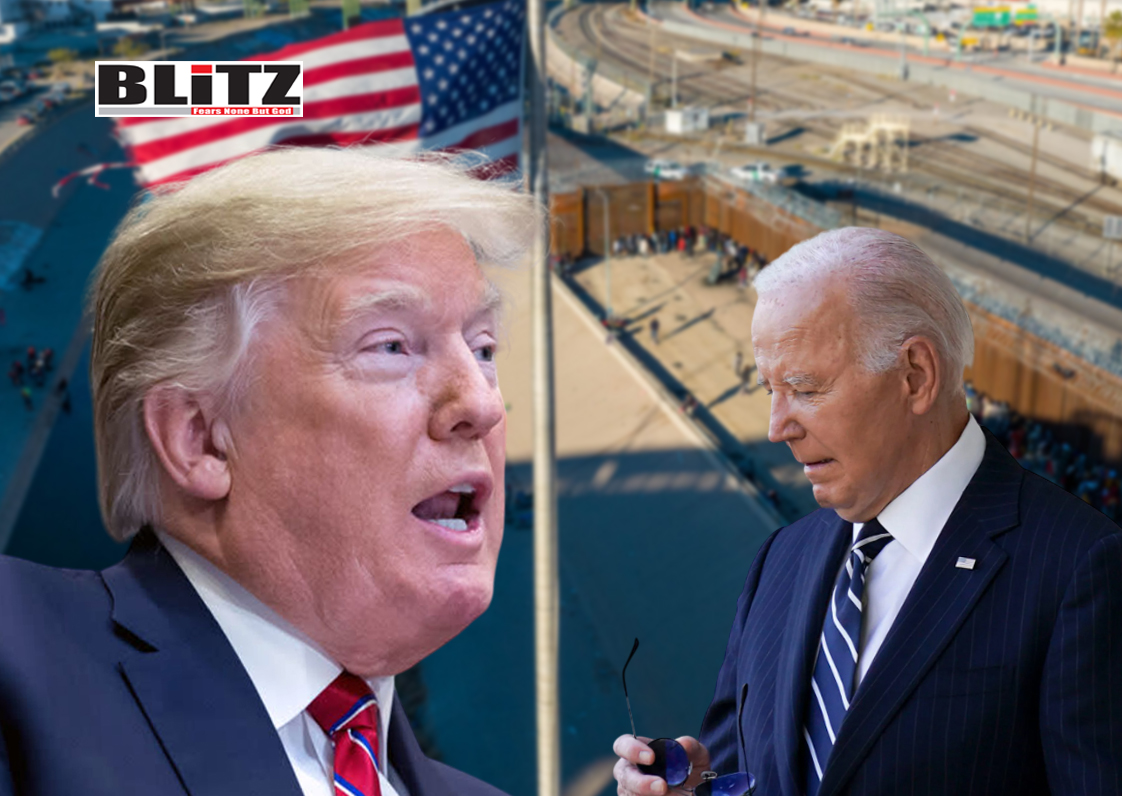
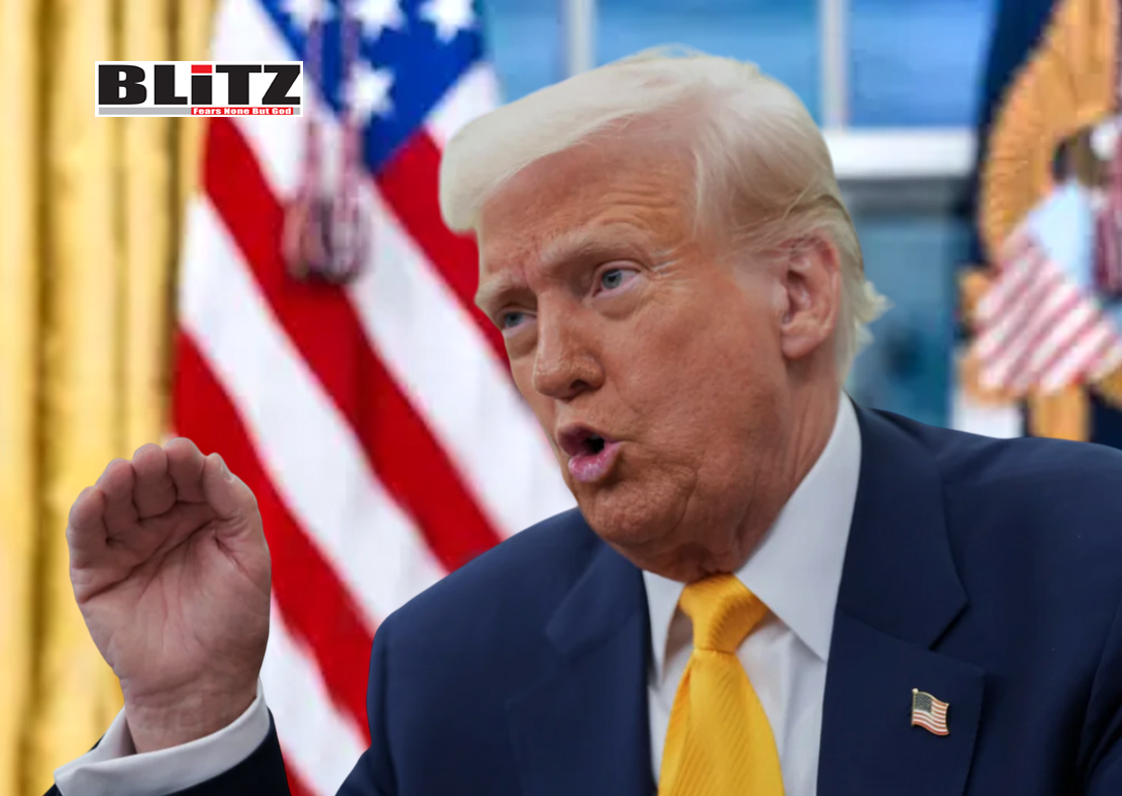



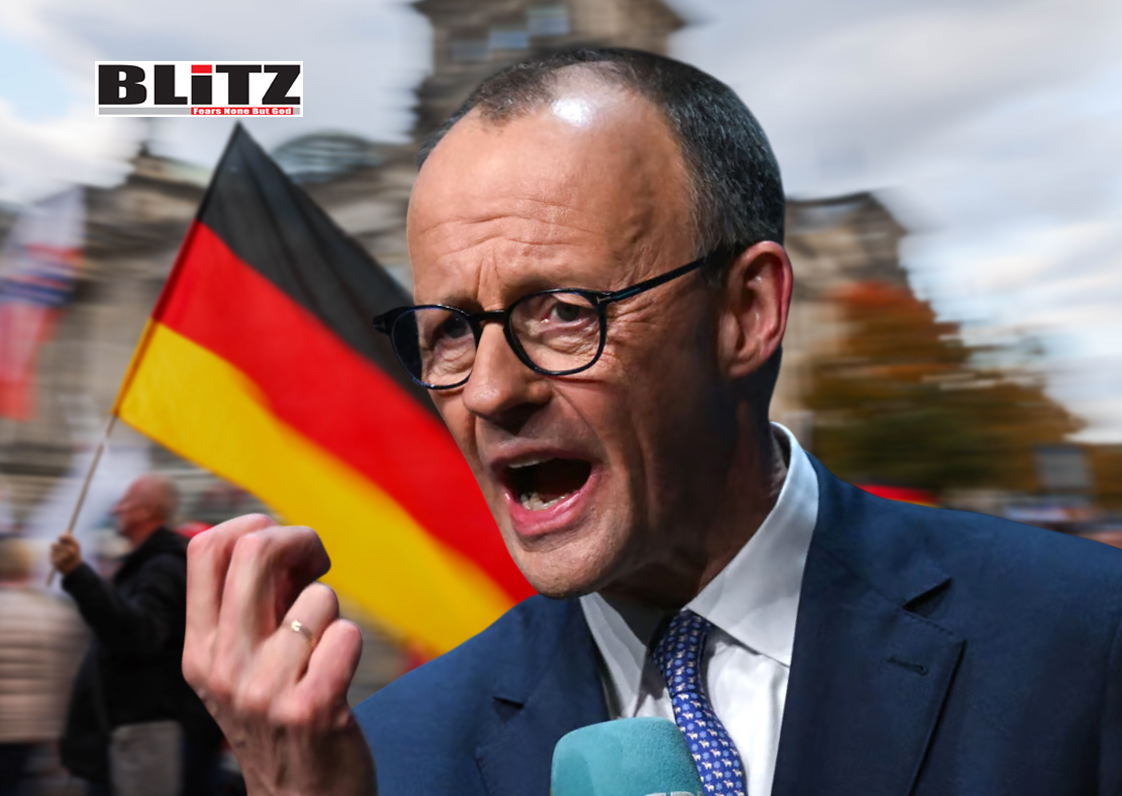
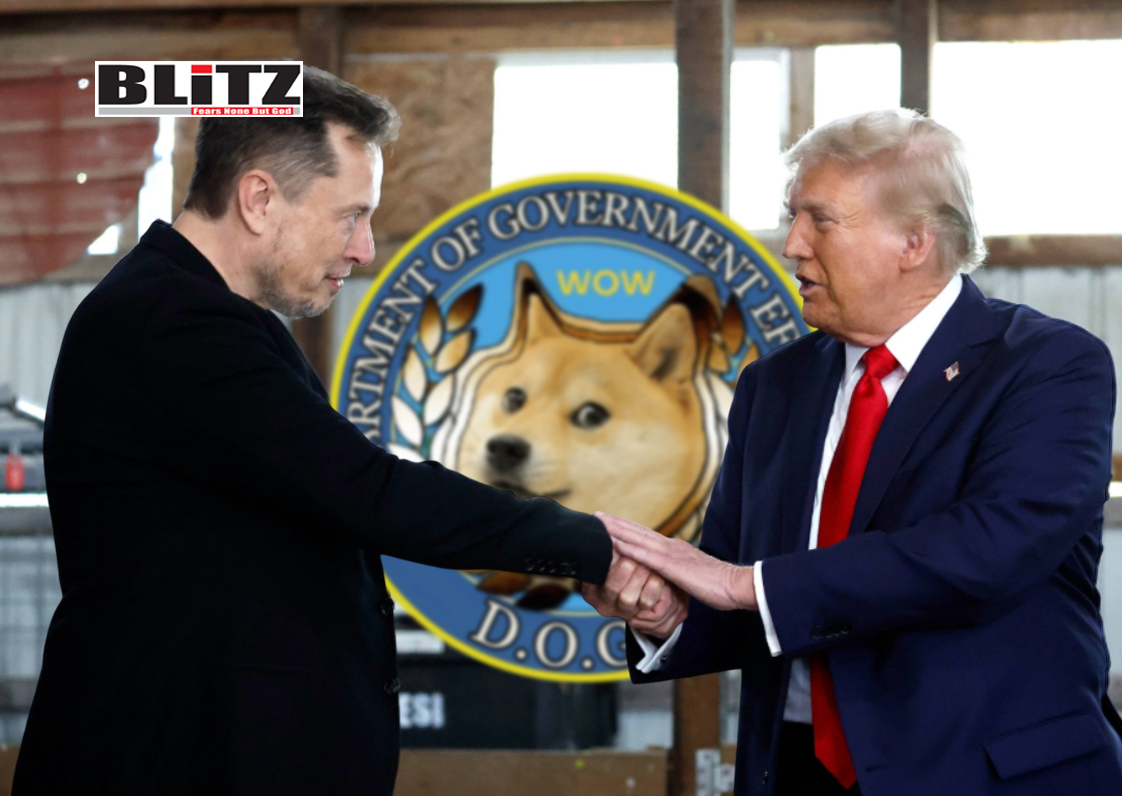



Leave a Reply